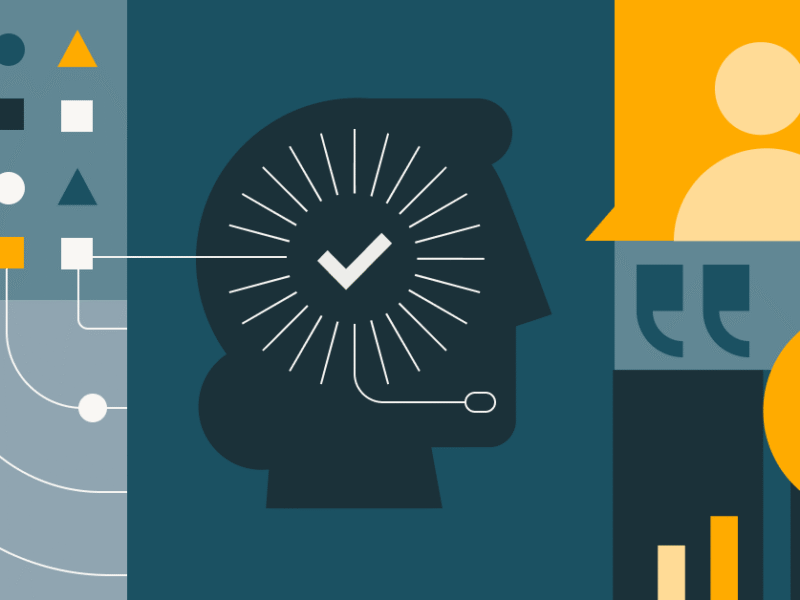Transistors are fundamental components in the world of electronics, acting as the building blocks that empower everything from smartphones to supercomputers. Their remarkable ability to control electrical signals in innovative ways has transformed technology, making devices faster, smaller, and more efficient. Understanding how transistors work and their significance can illuminate the intricacies of modern electronic design.
What are transistors?
Transistors are miniature semiconductor devices that enable the regulation of current or voltage flow, acting as both switches and amplifiers. They form the backbone of integrated circuits, which are essential in countless electronic applications. Essentially, transistors manipulate electrical signals, allowing for the creation of complex circuits and systems.
The functionality of transistors
To understand their impact, it’s essential to look at how transistors function and the materials they are made from.
Definition and workings of transistors
Transistors amplify signals by controlling the flow of current through their structure. When a small input current is applied to one terminal, it allows a much larger current to flow through the other terminals, thus amplifying the signal. Their structure typically consists of three layers of semiconductor material, with each layer serving a unique purpose.
Types of semiconductors
Transistors rely heavily on semiconductor materials, which can be categorized into two types:
- N-type: This type of semiconductor has extra electrons, which provide negative charge carriers.
- P-type: This type has fewer electrons, creating “holes” that act as positive charge carriers.
These two types work together within transistors to facilitate signal modulation.
Importance of transistors in modern electronics
The invention of the transistor was a pivotal moment in technology, and its importance is evident in its widespread use.
Role in integrated circuits
Transistors are critical for the design and functionality of integrated circuits, serving as the foundational components in microprocessors. Their ability to perform multiple functions within compact spaces has led to the development of seamless, high-performance computing devices.
Applications across devices
Transistors find applications in a vast array of devices and systems, including:
- Computers and laptops
- Smartphones and tablets
- Power supply inverters for energy management
- Communication systems like radios and televisions
These examples illustrate the versatility and importance of transistors in everyday technology.
Historical context of transistors
The story of the transistor is a key chapter in the history of modern electronics.
Development and evolution
The invention of the transistor at Bell Laboratories in 1947 marked a monumental shift in electronics. This new technology rapidly replaced vacuum tubes, setting the stage for the miniaturization of electronic devices and paving the way for modern computing.
Comparison with vacuum tubes
Transistors offer significant advantages over vacuum tubes, such as decreased size, lower energy consumption, and greater reliability. This shift not only reduced production costs but also enabled the proliferation of consumer electronics.
Structure and operating mechanism
The way a transistor is built directly relates to how it operates as a switch or amplifier.
Physical structure of transistors
Transistors typically have three terminals configured as either NPN or PNP. The arrangement and interaction of these terminals determine the operation mode of the transistor, either amplifying signals or acting as a switch.
Operating principles
The function of transistors as gates and amplifiers is crucial in signal processing and logic gates. By responding to input signals with specified outputs, they help process complex computational tasks in microprocessors.
Components of a transistor
A typical transistor is made up of three distinct parts, each playing a crucial role in its operation.
Breakdown of key parts
Each transistor is composed of three essential parts:
- Emitter: Supplies the majority carriers for the operation of the device.
- Base: Activates the transistor, controlling the flow of current between the emitter and collector.
- Collector: Collects current from the emitter, influencing the overall output.
Understanding these components is crucial for grasping how transistors function in various electronic applications.
Types of transistors
Transistors are not a monolith; they come in several different types, each suited for specific applications.
Bipolar junction transistor (BJT)
BJTs come in two configurations: NPN and PNP. These types are typically used in amplification and switching applications, depending on the requirements of the circuit.
Field-effect transistor (FET)
FETs operate through electric fields and have terminals known as source, drain, and gate. Variations like MOSFETs are widely used in digital circuits due to their efficiency in managing high-speed signals.
Other notable types
Transistor technology encompasses additional types, including:
- JFET: A type of FET that uses a junction to control the current.
- Thin-film transistor: Often used in display technologies.
- Schottky transistor: Known for its low forward voltage drop.
- Diffusion transistor: Mostly used in specific electronic applications requiring unique properties.
Applications in power electronics
Beyond computing, transistors are also critical components in the field of power electronics.
Role in power systems
Transistors play a vital role in power electronic systems, facilitating efficient control in applications such as electric vehicles and renewable energy sources. Their ability to handle high voltages and currents makes them essential for managing energy conversion processes.
Performance implications of transistor size
One of the most significant factors in the evolution of electronics has been the continuous reduction in transistor size.
Advantages of miniaturization
As transistors shrink, they exhibit improved performance, leading to higher computational power, reduced power consumption, and the ability to pack more functionality into smaller devices. This trend is central to the advancement of integrated circuits and technology in general.
Future developments in transistor technology
The evolution of the transistor is far from over, with ongoing research promising new breakthroughs.
Innovations on the horizon
Emerging technologies, such as forksheet transistors and nanosheet structures, are set to enhance efficiency and performance further. Researchers are actively exploring these avenues to improve transistor capabilities in upcoming electronic devices.
Quantum computing intersection
There is growing interest in the potential intersection between traditional transistor technology and quantum computing applications. As the field evolves, this relationship may redefine the landscape of computing and information processing.

